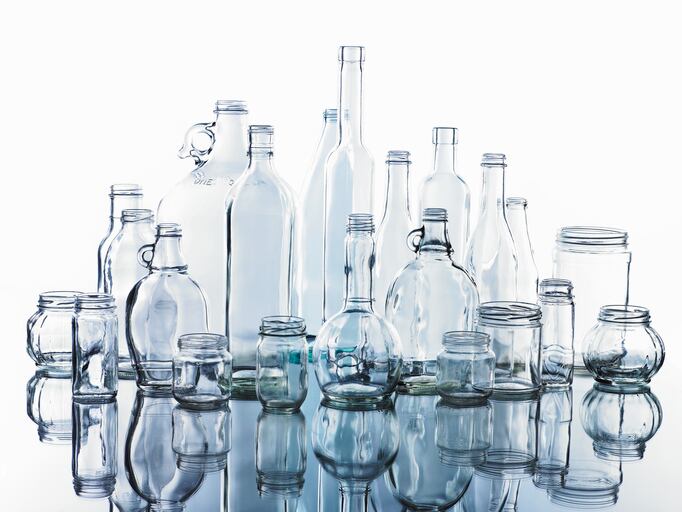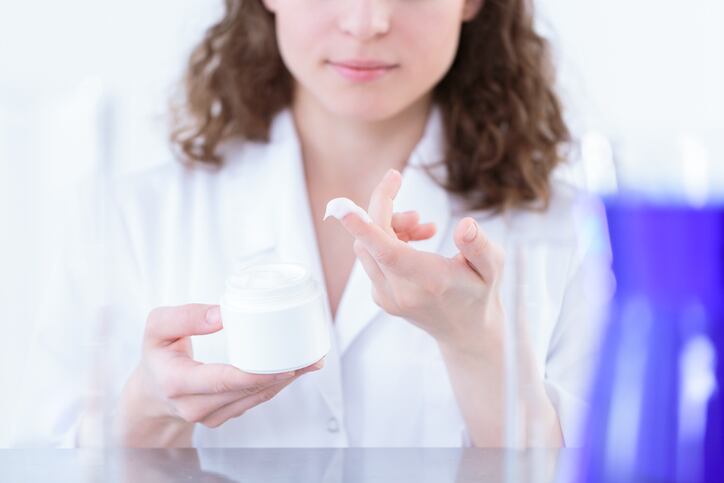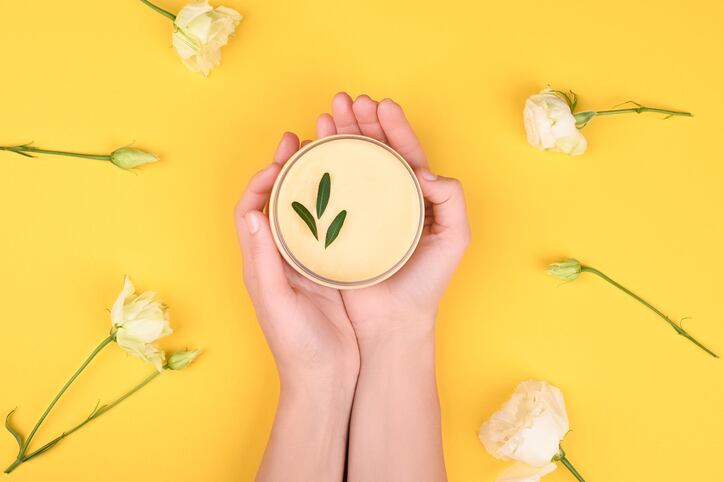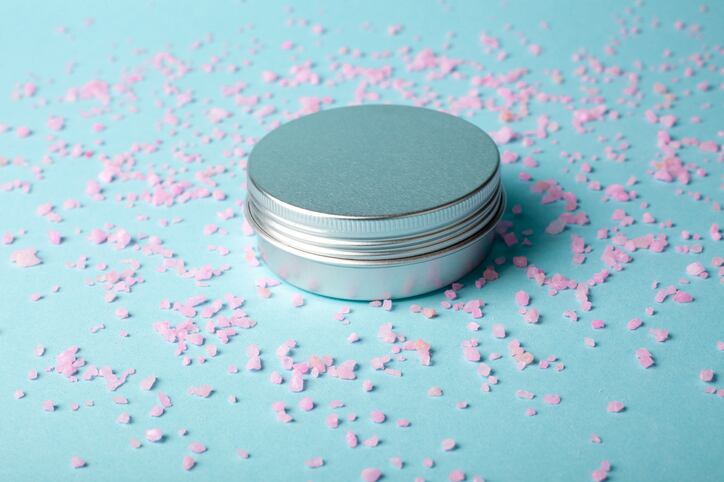Like most sustainable packaging options, glass has been a part of the beauty packaging world for a long time. Glass jars and bottles have been particularly prevalent in prestige cosmetics, but some more mass-market brands have been looking to bring more glass into their packaging.
Fragrances are commonly packaged in glass, but some brands like The Ordinary have been bringing more glass to the mass-market skincare world.
While the material offers sustainability and branding benefits, it is also, not shockingly to a person who’s handled class, very fragile.
Pros
One of the biggest benefits of using glass packaging is the impression of quality it can communicate to consumers, said Robert Bulla, director of engineering and innovation at APC Packaging.
“It's one of the few materials that imparts the feel of quality to you,” Bulla said. “Glass does that better than any other packaging.”
Glass is also highly recyclable, compared to plastic, with a recycling rate of 31% in 2018, according to the Environmental Protection Agency. It is also an endlessly recyclable material, meaning its integrity doesn’t degrade after being recycled.
The materials needed to make glass, like sand, soda ash, limestone, and "cullet," are also typically domestically available, according to Glass Packaging Institute.
Cons
Bulla said glass has three main cons as packaging specifically: fragility, shipping and decoration.
Glass is both heavy and breakable, which requires planning from the manufacturing floor to the consumer’s hand in order to avoid large issues, Bulla said.
Starting with manufacturing, accommodations must be made to ensure the glass doesn’t break on the line because if it does production must be stopped until thorough cleaning has been done, as glass shards are a safety concern to workers and consumers.
Appropriate transportation can also be costly and companies using glass packaging must also consider filler to prevent jostling during shipping, Bulla said.
Decorating glass packaging can also be expensive and time-consuming, particularly if a company wants to paint or silkscreen onto the container.
As far as the environment, the impacts are dependent on whether or not a company is using recycled glass. According to AGC Glass, the main environmental impact of producing glass is emissions from the melting process.
In the melting process, greenhouse gas carbon dioxide and acidifying compounds sulphur dioxide and nitrogen oxides, along with other particles, are released in the atmosphere, though AGC said these issues can be mitigated through specific manufacturing measures.
According to the University of Southern Indiana, the mining and transportation of raw material for glass produces 385 pounds of waste for every ton of glass produced. However, they add that replacing half of virgin glass with recycled material can cut that waste by more than 80%.




